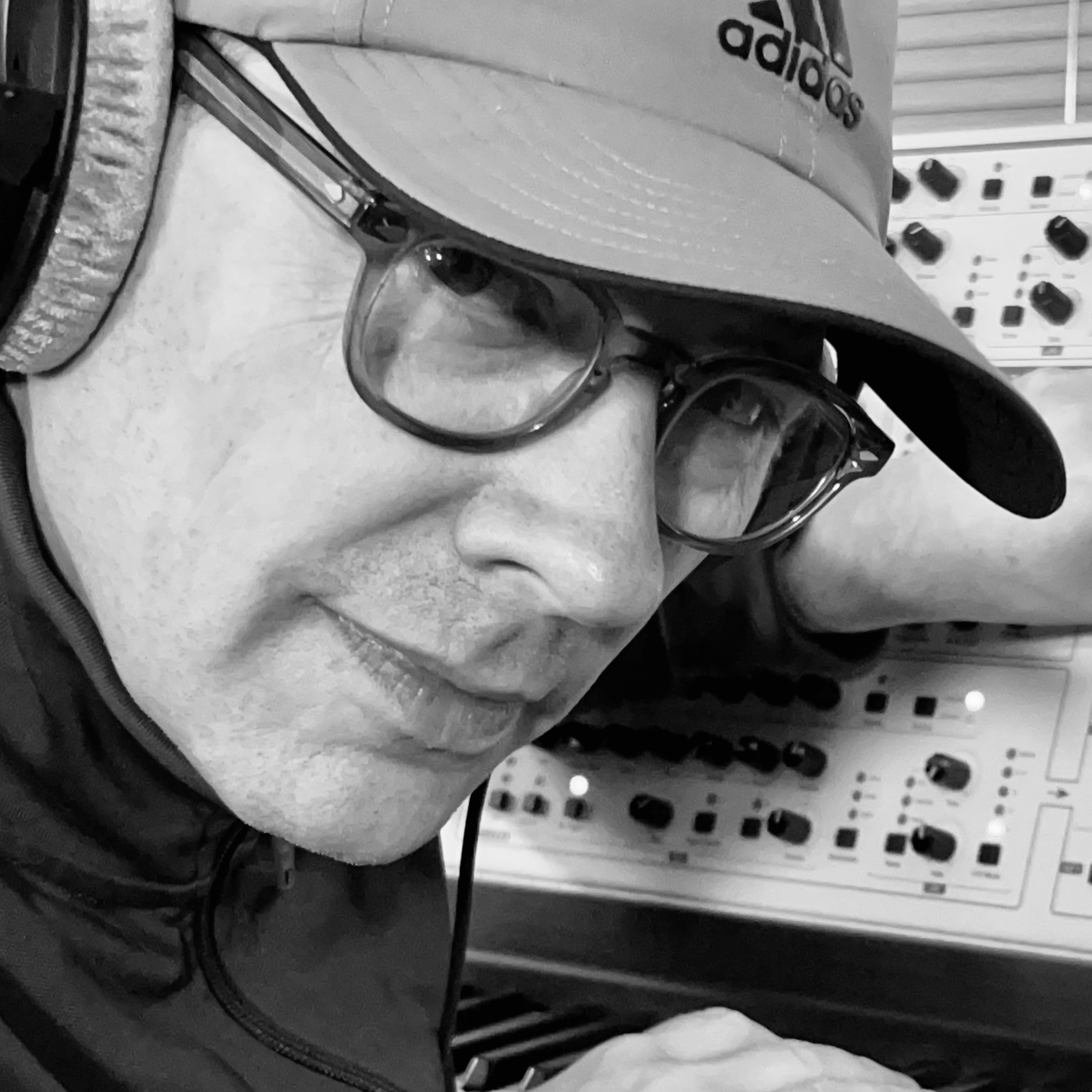Ever wondered how a microphone really works?
If microphone terminology confuses more than it helps, this guide will illuminate the microphone basics
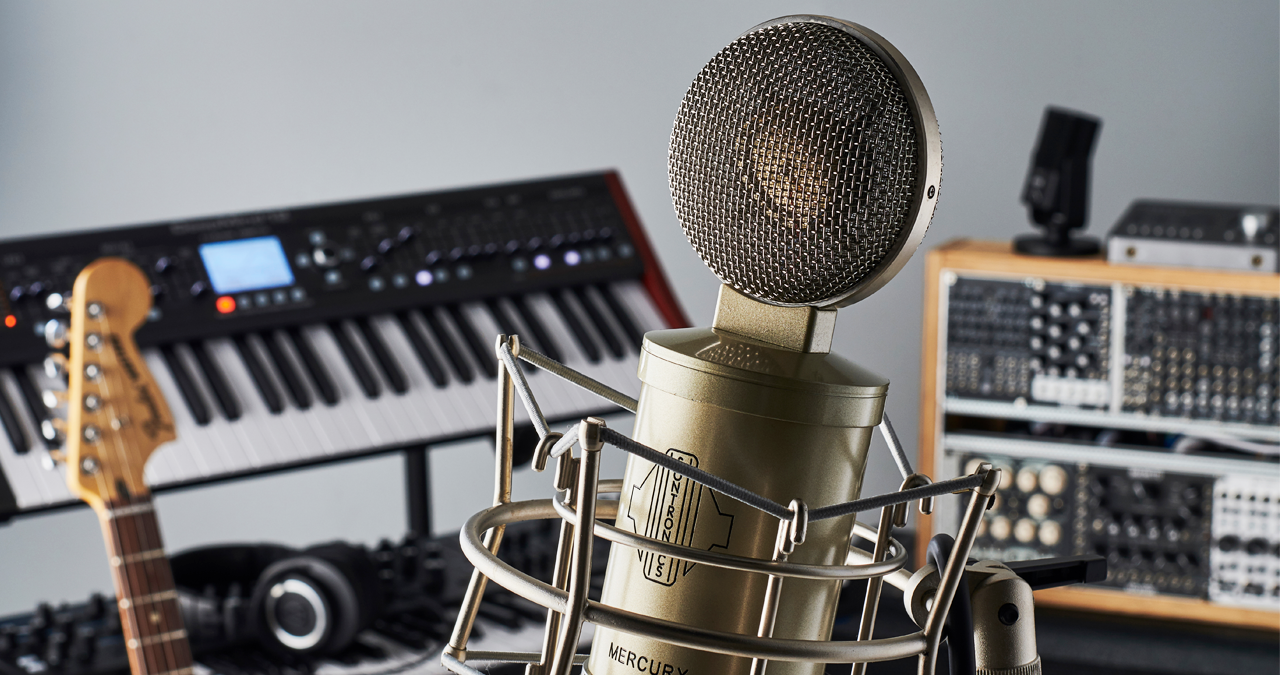
RECORDING WEEK 2025: While many DAW-based musicians in 2025 tend to deal with electronic sounds and loops, there is nothing like the addition of a real life human element to really bring a project to life. Thankfully, plugging in a microphone and recording audio is now simpler than ever, but the way you approach this could make or break your project, and the chances are this begins with a microphone.
If we put our technical heads on for a moment, a microphone is a form of transducer; this technical term describes a device that converts one form of energy to another. In essence, the sound which we hear is a form of wave, manifesting as pressure variations in the air.
The ‘air’ element is important, because if you tried playing a musical instrument in a vacuum, you wouldn't be able to hear it. (We’ll gloss over the lack of oxygen, but you get the point!)
Microphones contain a thin and flexible material called a diaphragm. When the pressure variations in the air hit the diaphragm, these vibrations are converted into an electrical signal, hence the conversion from acoustic energy to electrical energy.
Once converted to electrical energy, we capture that electrical signal with recording equipment, process it to shape the sound, and eventually convert it back into acoustic energy through speakers or headphones.
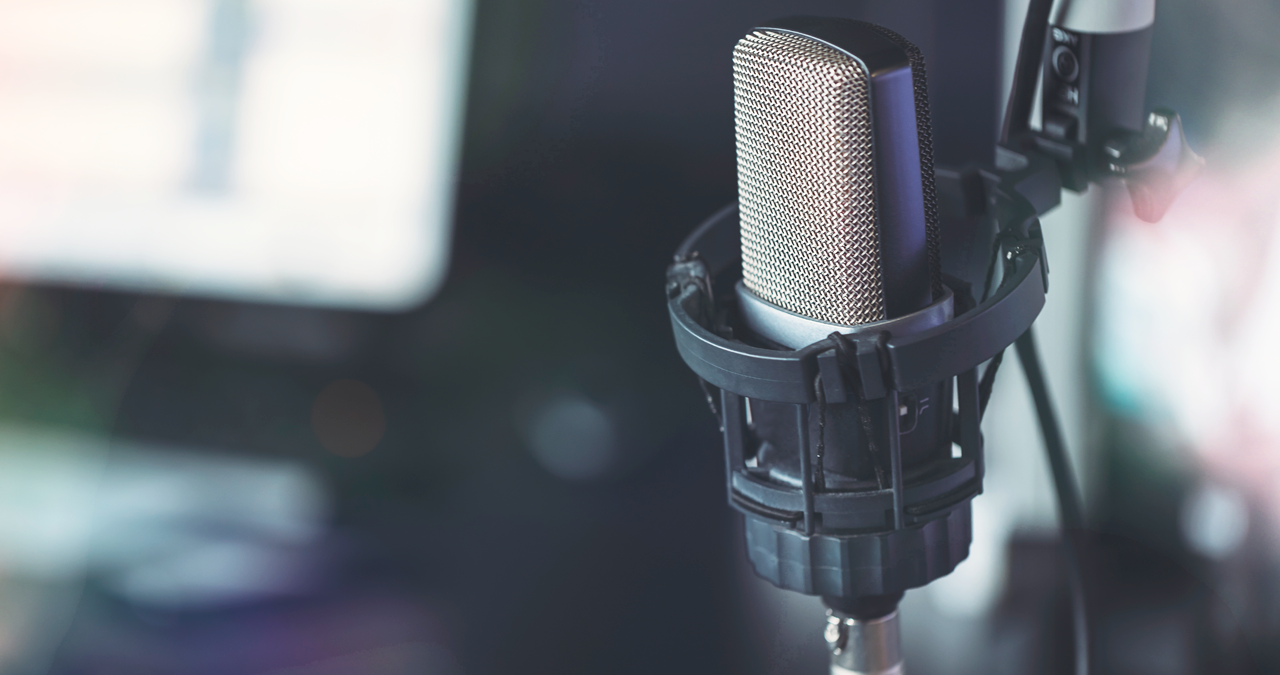
Pure pop
If you have ever sung or spoken into a microphone, you will probably be well-versed with the concept of ‘popping’.
This is created when a performer uses words that contain plosives, such as ‘Ps’ or ‘Bs’. A sharp blast of acoustic energy, masquerading as wind, hits the diaphragm with great force, much like a tidal wave hitting a shoreline. The resulting sound is described as a ‘pop’, and is normally an undesirable element in the recording process. However, it's also an important component for anyone who beatboxes, as it can be relied upon to mimic the sound of a kick drum.
Want all the hottest music and gear news, reviews, deals, features and more, direct to your inbox? Sign up here.
It's also noticeable that the closer you get to a microphone, the more you tend to exaggerate low frequency content. Not so good for singer/songwriters, but excellent if you're beatboxing, unless a singer is trying to create a very intimate sound where the closeness can be incredibly endearing.
If unwanted popping is a problem for you, the easiest fix is to purchase a pop shield. This simple mesh filter is clipped in front of the microphone, allowing sound to pass through while dispersing sudden bursts of air.
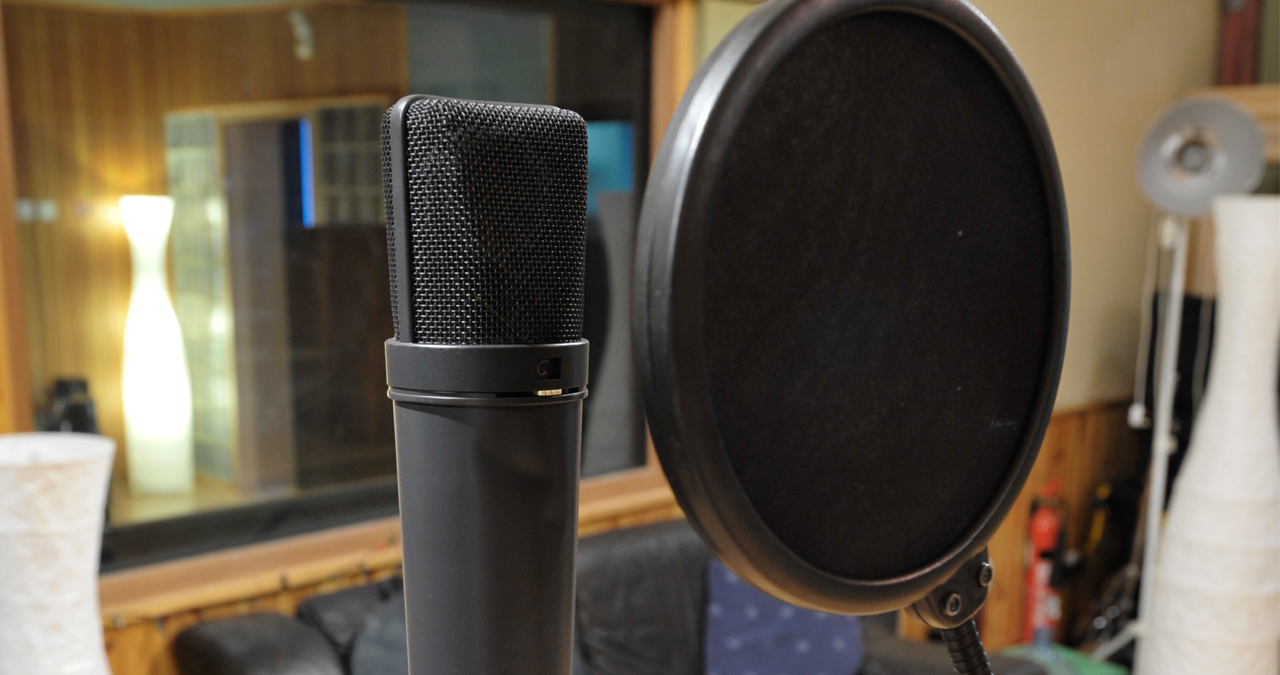
Going polar
All microphones employ what is known as a polar pattern. This defines how much signal will be picked up by the microphone, around the 360° of the diaphragm.
The most common polar pattern is described as cardiod. If you imagine the shape of a heart, cast as an image across the front of the diaphragm, it would indicate that the bottom of the heart is where the microphone picks up the most signal. Around the back of the diaphragm, little-to-no signal will be captured.
An omnidirectional microphone will pick up equal sound all the way around the diaphragm, whereas a figure-of-8 polar pattern embraces the signal on either side, just like the pattern of a number 8.
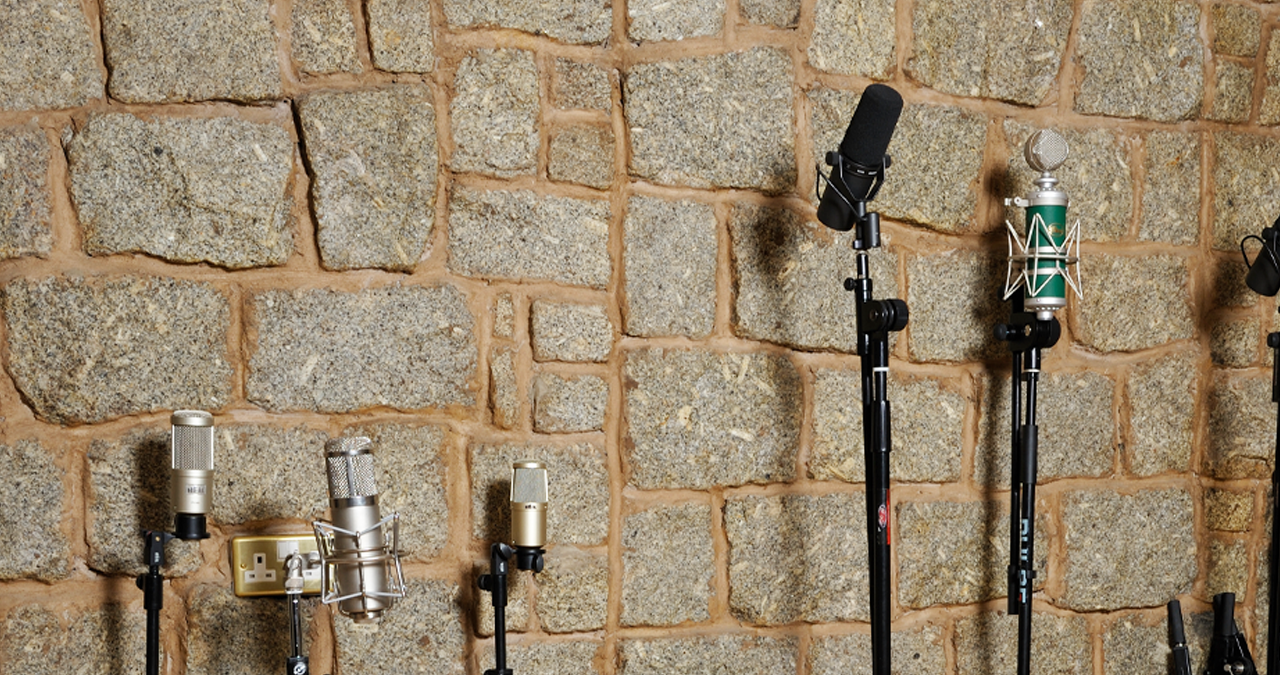
Types
If you are choosing a microphone for the first time, or working to a budget, you probably want some form of microphone which can be used for all things. The good news is, most decent microphones will do a fairly good job across the board, though you should be mindful of their limitations and handle them carefully to avoid damage.
Broadly speaking, microphones fall into three main categories; Dynamic, condenser and ribbon.
Dynamic microphones are by far the most common, and are undoubtedly the most robust microphones available. If you perform live, the chances are you will use a dynamic microphone. It's safe to say that 99% of the time, live performance will involve the use of dynamic mics.
There are some very tried-and-tested dynamic designs which have been around for many years.
The ubiquitous Shure SM57/58 are highly recognisable. The SM57 is very common as a drum and guitar mic, while the SM58 is an eternal classic for vocals and frontline instrumentation.
It lends itself particularly to vocals, as it is equipped with a rugged pop shield, which does a reasonable job of preventing pops in a live situation. In fact, the 57 and 58 are so versatile, they will do a fantastic job in most recording environments. You could even place one in a bass drum, and it wouldn't complain!
One thing that you will find, if using dynamic microphones for recording, is that you may have to boost the input signal considerably. Dynamic microphones are passive in design and do not require additional power to operate. Therefore, they don't lend themselves to quieter recording scenarios, where background noise/hiss may become invasive.
This is where the condenser microphone slides into view. Condensers are normally the microphone of choice when it comes to recording.
While they operate in much the same way as dynamic microphones, they also employ a capacitor (aka condenser) to convert the sound into an electrical signal. This means that the microphone requires a form of powering, which is supplied from audio interfaces and mixing desks in the form of Phantom Power.
This electricity supply conveniently runs down the microphone cable at 48v, which is just enough power for the mic to do its thing. Some more elaborate or expensive condenser microphones may have their own external power supply, but phantom power is by far the most common option.
Because condenser microphones are so much more sensitive, they are perfect for recording quieter content, or could be used to record ambiently, where they are placed a considerable distance from the instrument source. They are incredibly versatile, but do be aware that placing condensers too close to exceptionally loud instrumentation, such as very loud guitar amplifiers, could result in damage to the microphone. It's rare, but it can happen!
Condensers also fall into two sub-categories; large diaphragm and small diaphragm condensers. Large diaphragm condensers do tend to look fairly substantial in their size. Small condensers, on the other hand, are often smaller and longer, sometimes described as pencil microphones.
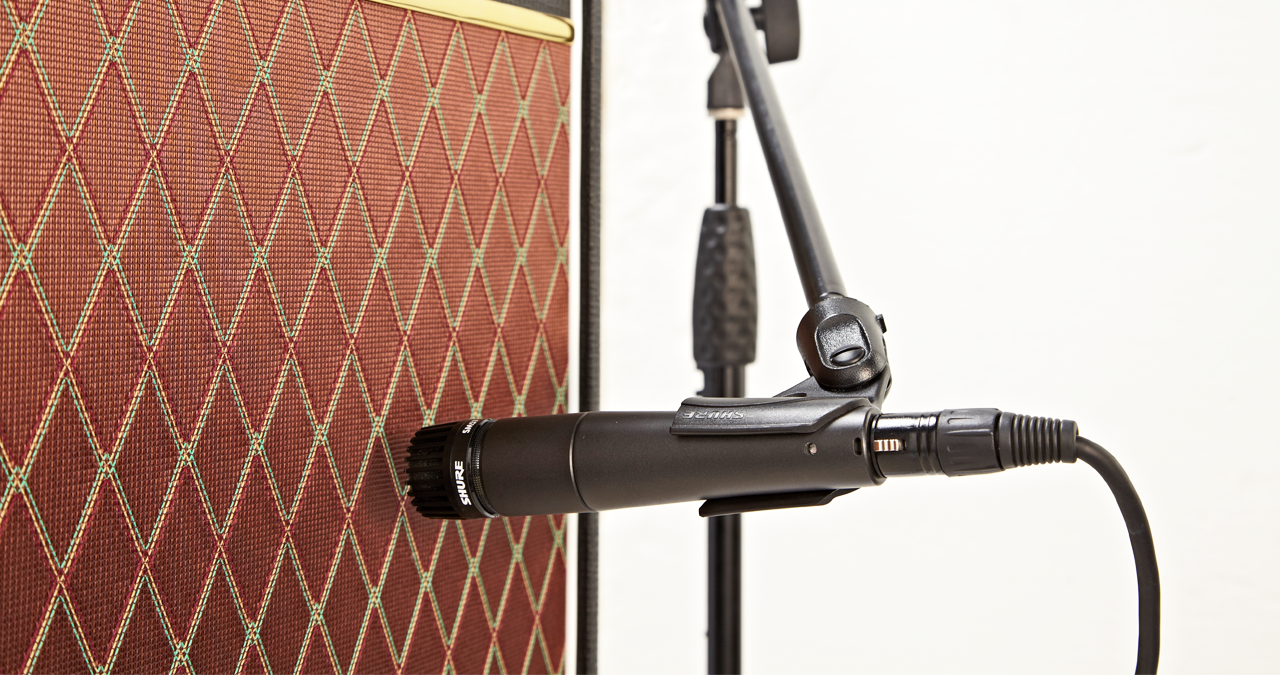
They're not normally as small as pencils, but the visual association is understandable. They can also be a little more convenient in certain mic settings, where space around an instrument is enclosed or challenging.
Ribbon microphones are a category of microphone that falls between dynamic and condenser. As the name suggests, they employ a thin ribbon (often made from aluminium) which operates as both diaphragm and sound transducer.
Characteristically, they often provide a beautiful warm and rounded sound, which many describe as having a vintage character. They also tend to operate in a figure-of-8 polar pattern, meaning that they capture a signal from both sides of the microphone. This often means that the resulting sound is very open and natural.
Note that Ribbon mics can be damaged if exposed to phantom power, so you have to be careful when using alongside condenser microphones. They also emit a very low signal output, which will need amplifying considerably. This can be done using the gain on a microphone input, although there are devices that will help lift the signal externally too. These often require phantom power, eliminating the possibility of accidental damage to the microphone.
Ribbon microphones tend to exhibit a reduced frequency response, particularly in the top end. This means that they sound fantastic as overheads on drum kits, or on high strings as they don't exaggerate the brighter elements. They are also particularly good for recording brass and saxophones, or even pianos.
A few faves…
With so many mics available, it's difficult to know where to begin, so here are a few classic models to consider, all with a proven track record.
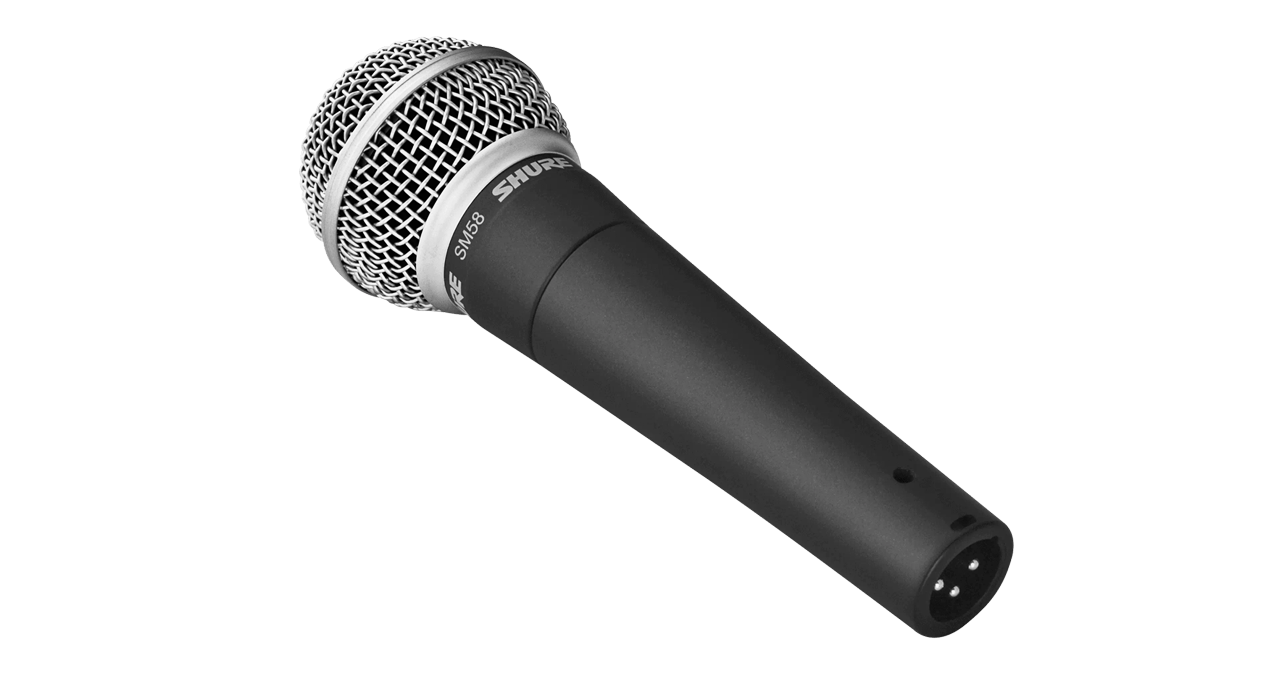
Shure SM57 and SM58 (£91/£115) - The eternal classic dynamic microphones, which are perfect for live, and useful for recording.
Shure SM7(B) (£459) - Another classic dynamic that was used by Michael Jackson, for many of his studio albums. It's also a popular podcasting choice
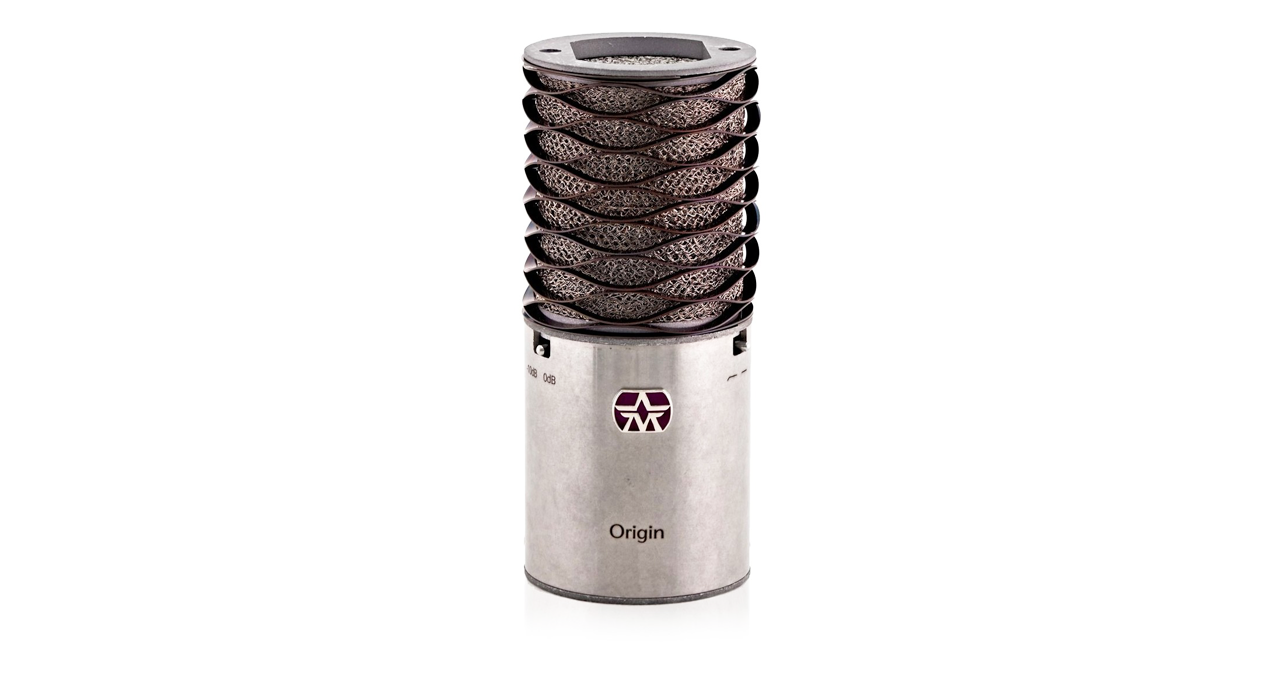
Aston Origin (£195) - A condenser mic, the Origin has become a contemporary classic. With a fixed cardioid polar pattern, it's excellent for vocal and instrumental recording.
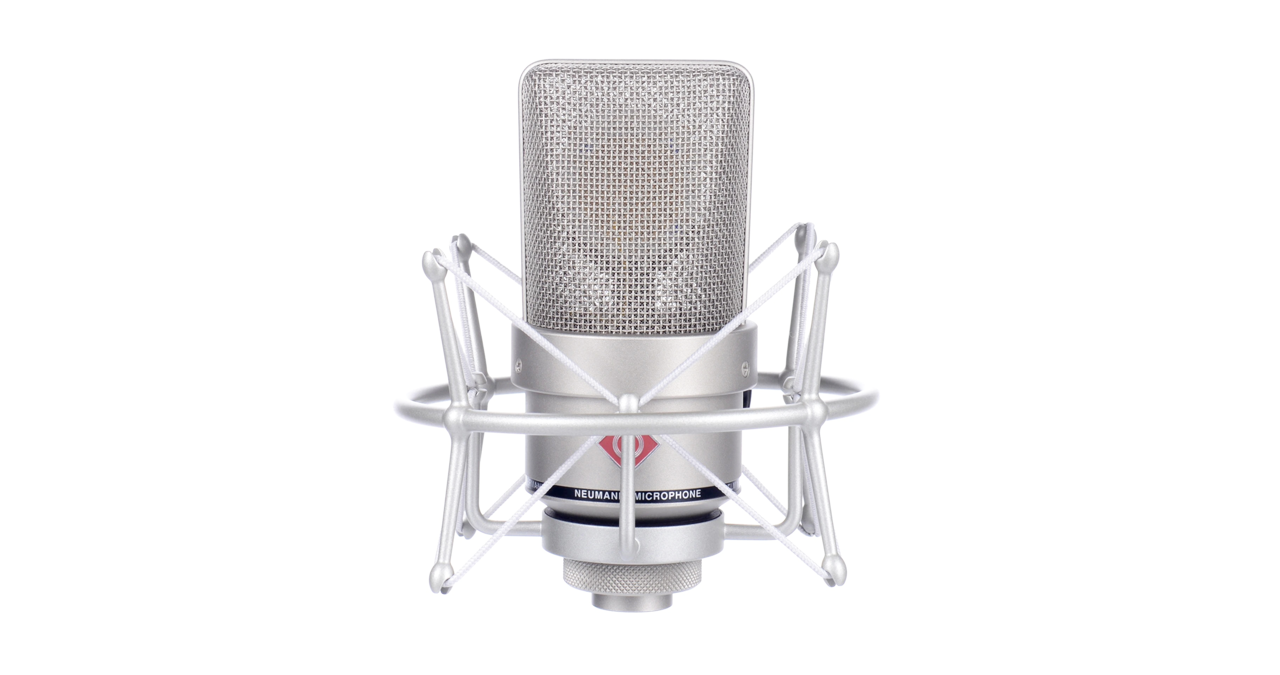
Neumann TLM 103 (£749) - One of the more affordable microphone options from Neumann, it also employs a fixed cardioid polar pattern, using the same capsule as the infamous U87.
AKG-C414 (£859) - The humble 414 is another eternal classic, popular for recording acoustic guitar, acoustic piano, drum overheads and woodwinds/sax. It's become particularly popular for recording felt piano.
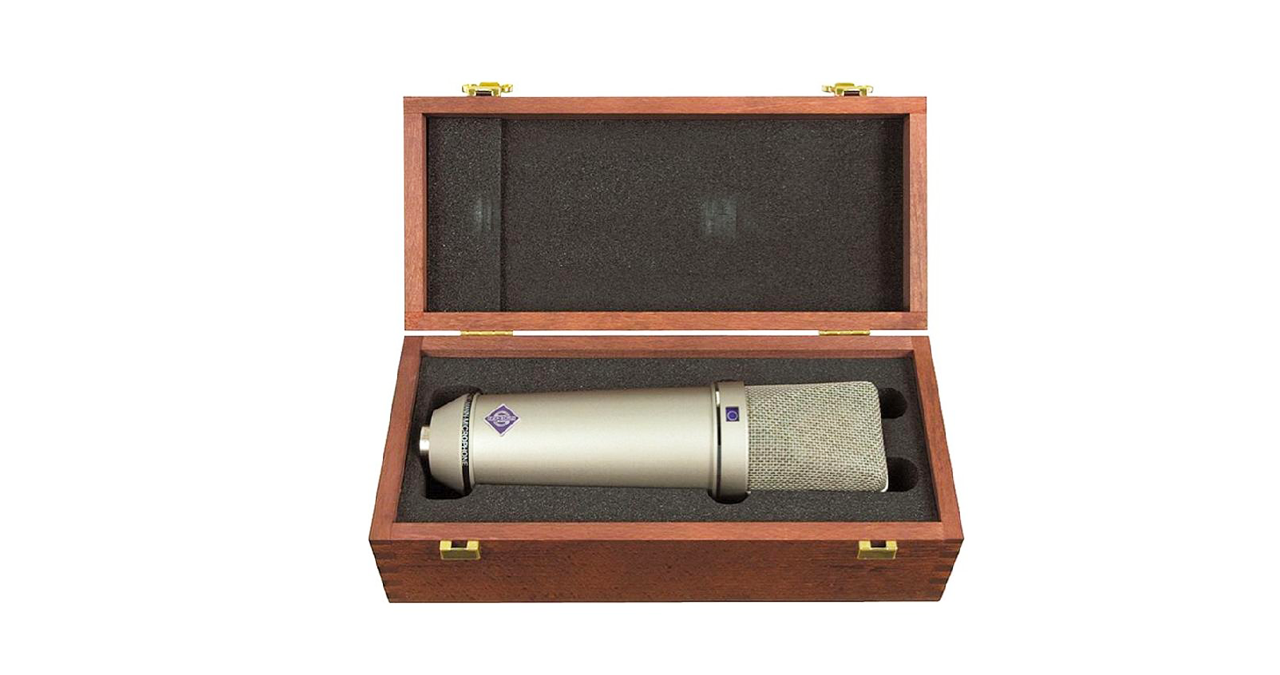
Neumann U87(Ai) (£2550) - One of the most iconic microphones in existence, the U87 has garnered a reputation as a formidable vocal mic over the last 50 years. It also sounds superb on just about everything else, from double bass up to piccolo! (Some contemporary engineers suggest that the U87 is a little bland by todays standards, with more colourful options available at this price point.)
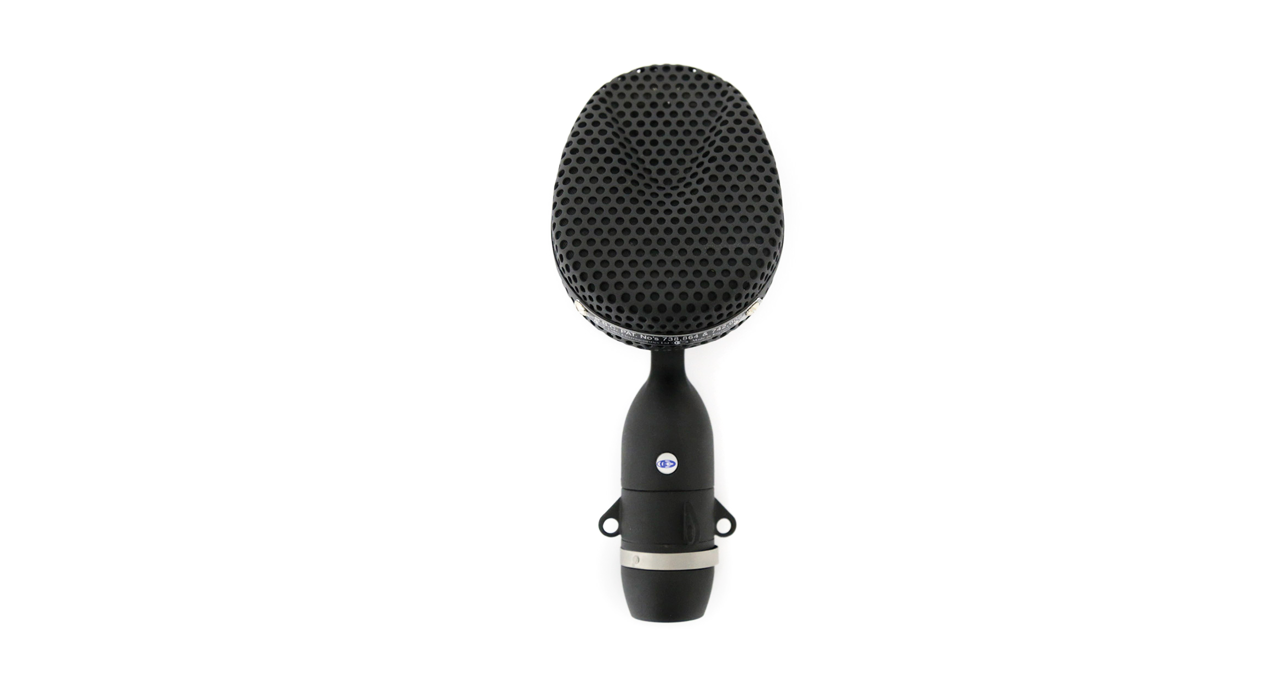
Coles 4038 (£1099) - The Coles is about as British as ribbon microphones can get, having been a BBC classic for many years. It'll sound superb in so many settings, but works particularly well on brass and high strings. Rich and warm!
Royer R-121 (£1399) - Regarded by many as an underrated contemporary classic, the Royer is a beautiful example of a ribbon microphone, ideal for many string and brass based recording environments.
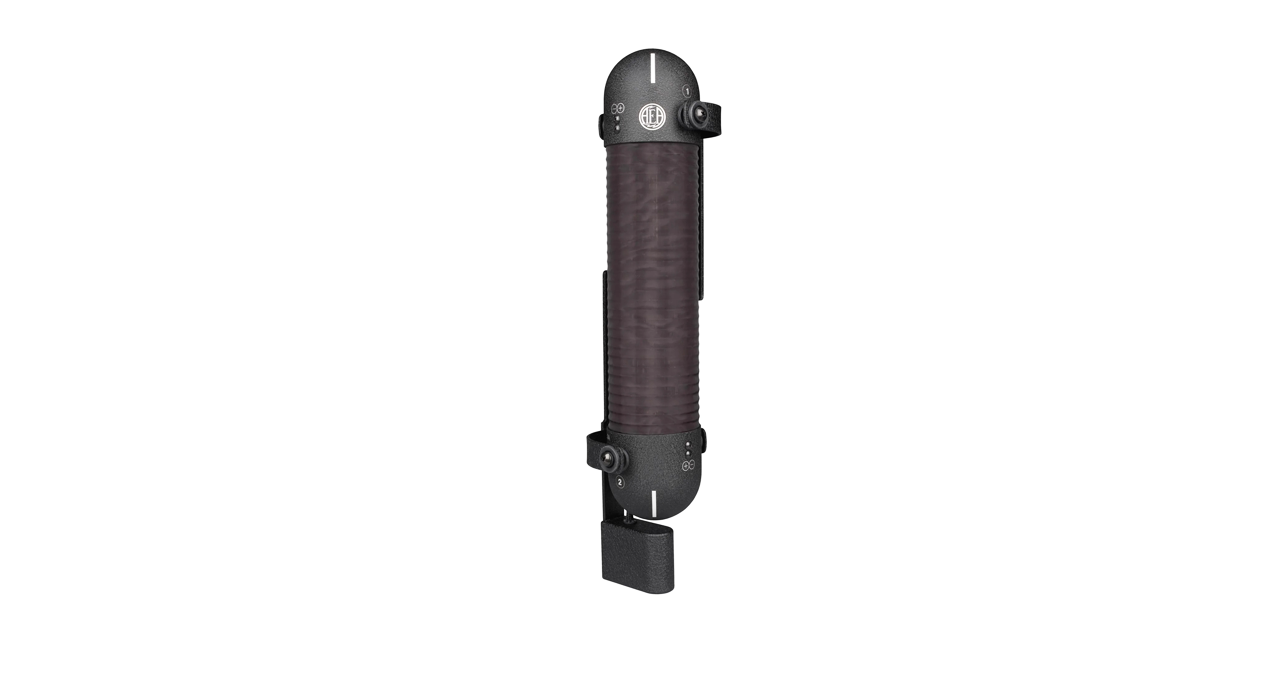
AEA R88A (£2899) - This mic is not only ribbon based, but stereo too. Ideal for recording small ensembles or to place over a piano for an amazingly colourful sound.
Roland Schmidt is a professional programmer, sound designer and producer, who has worked in collaboration with a number of successful production teams over the last 25 years. He can also be found delivering regular and key-note lectures on the use of hardware/software synthesisers and production, at various higher educational institutions throughout the UK
You must confirm your public display name before commenting
Please logout and then login again, you will then be prompted to enter your display name.
